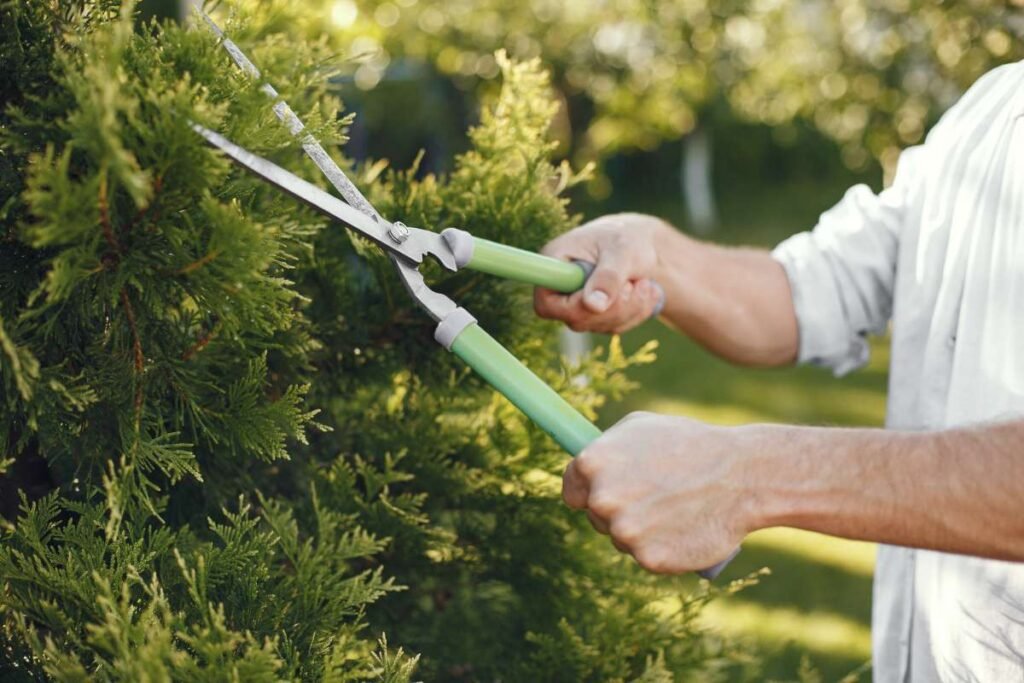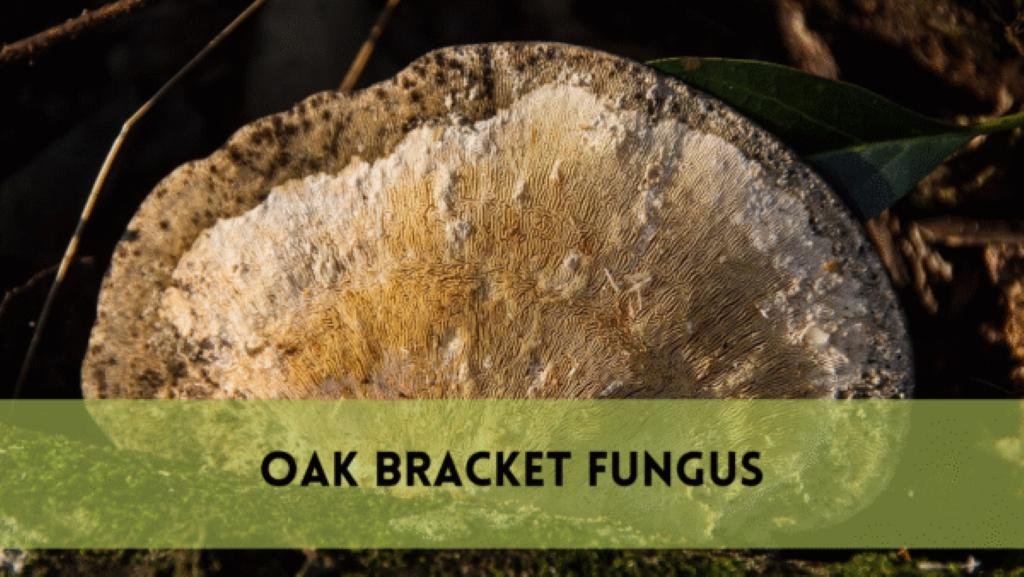It can give trees a fairytale appearance, but it could also be a sign of underlying problems. Although moss is not harmful in itself, its excessive growth may indicate too much moisture or shading. The good news is? It’s easier than you think to remove moss. We’ll show you how to remove moss from trees and restore their natural beauty.
Why does moss grow on trees?
It’s important to know why moss is there before you remove it. Moss grows in:
- Shaded areas– Trees with dense canopy block sunlight and create ideal conditions for moss.
- Moist Environment– Poor drainage or high humidities encourage moss growth.
- Limited air circulation– Limited airflow helps moss to spread.
You can stop moss growing by addressing the factors listed above.
How to remove moss from trees?
1. Manual Removal (Scraping and Brushing)
Use gloves and a soft brush to gently remove small patches of moss. Take care not to damage the bark. This method works best with light infestations.
2. Prune Overhanging Branches
Because moss prefers shade, thinned the canopy of the tree to allow more sunlight to reach its bark. This will reduce moisture and prevent moss from growing. Avoid over-pruning as this can cause stress to the tree.
3. Improve drainage around the tree
Moss will grow back if the soil remains soggy. Fix drainage problems by
- Grading soil to direct the water away.
- Mulch can improve airflow.
- Fixing leaky irrigation system
4. Increase sun exposure
Moss is unable to grow in direct sunlight. Trim plants nearby to allow more light into the trunk.
5. Use chemical treatments (if necessary)
For moss that is stubborn, use a herbicide designed for trees. Please follow the instructions on the product and spray only during active growth of moss (usually in spring or early summer).
How to prevent moss from returning?
After you have removed the moss prevent it from returning by following these steps:
- Trim trees regularly for sunlight and airflow.
- Monitor soil humidity, and fix drainage issues.
- Do not overwater at the base of trees.
Final Thoughts
Once you have the right tools and techniques, removing moss is easy. fixing shade and moisture issues will keep moss at bay, whether you use chemical treatments or manual removal. Your trees will remain healthy and moss free with a little work!
FAQs
It is rare for moss to harm trees. However, it may indicate that the tree has been exposed to excessive moisture or a lack of air circulation.
Yes, can be removed manually for small patches, but to achieve long-term success, you must address the causes (shade and moisture).
Absolutely! Pruning trees, increasing sunlight and improving drainage all have natural solutions.
Herbicides should be used during the active growth of moss in spring/early summer for best results.
The key to prevention is regular tree maintenance, proper draining, and sunlight exposure .




